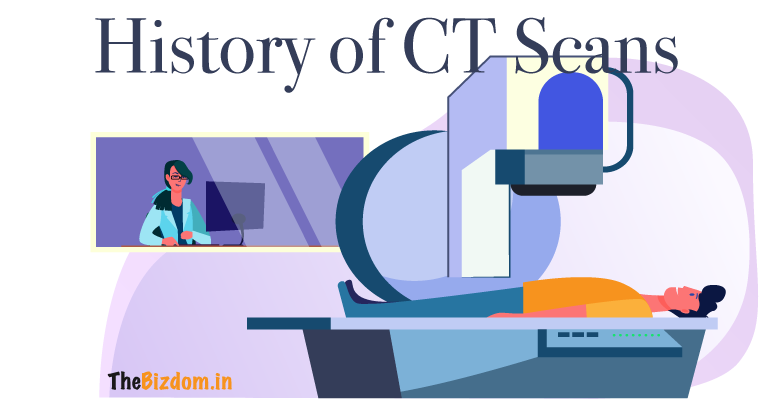1 min to read
The history of computed tomography

Godfrey Hounsfield, just before World War II, joined the Royal Air Force. And, post-war, joined 1949, joined EMI, where he started his research in the guided weapon systems and radar technologies. Soon, he became interested in computers.
In 1958, he helped design the first commercially available all-transistor computer made in Great Britain: the EMIDEC 1100. Within next few years, EMI decided to increase the funding toward their research projects. Given the massive profits from the Beatles’ 1960s hits on EMI.
He was working on an idea of building a cross-sectional image of an object from X-ray readings taken from various angles. Thus, an alternative to X-rays—using radio waves and magnetic fields.
Hounsfield began testing a CT brain scanner in 1971, sometimes carrying bulls’ brains across London on public transit. His prototype took five minutes for the scan, and two and a half hours for the computer-processed image. The data collected from the brain was stored on a magnetic tape and taken by car to an EMI lab about 20 kilometers away. When Hounsfield and James Ambrose (the radiologist) published the first test results on April 20, 1972, they triggered the greatest sensation in medical X-ray technology since the discovery of X-rays.
With the prototype of his “3D X-ray machine,” Hounsfield ushered in the development of what has become one of the most important techniques in medical imaging: computed tomography (CT).
His first patent was granted in 1972.
And, EMI was now producing the first viable scanners for medical purposes. Soon, Hounsfield along with Allan Cormack won the 1979 Nobel Prize in Medicine.
But, credit should go to folks who purchased Beatles’ records from EMI. Without which, CT Scan should have taken more years. Afterall, EMI used the profits made from Beatles records to invest in Hounsfield’s scanning technology.



